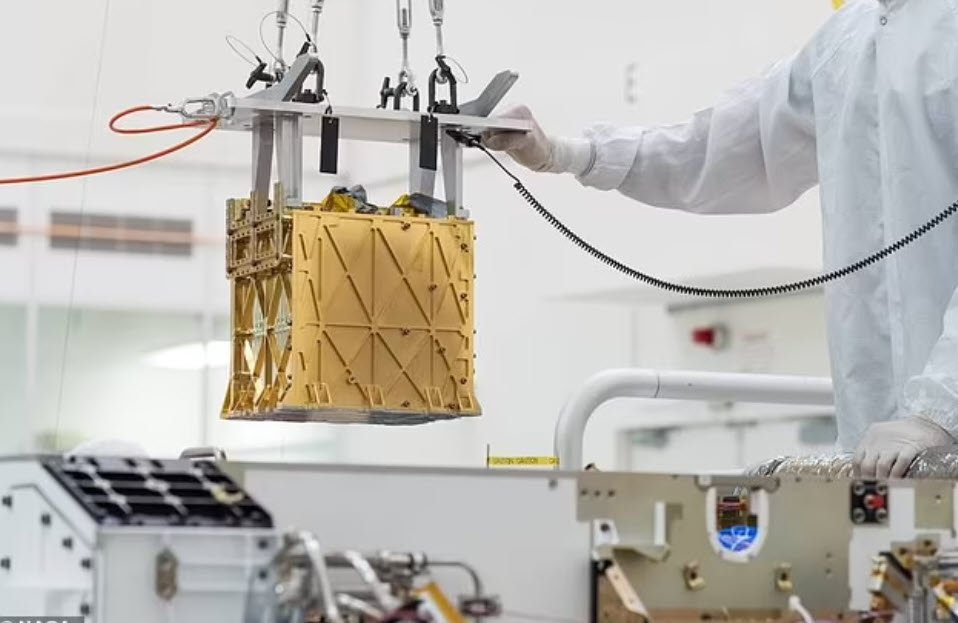Space.com reports: Its Institute of Technology Massachusettss (MIT), built the Mars Oxygen Resource Utilization Experiment (MOXIE) a small instrument on the Perseverance rover designed to convert carbon dioxide, which makes up about 96% of the atmosphere on Mars, into breathable oxygen.
Oxygen, of course, is vital for a future human mission to Mars. As of February 2021, the device has operated seven times, each time producing about 0,2 ounces (6 grams) of oxygen per hour.

The ability of the tiny device to produce that specific amount of oxygen is on par with the abilities of small trees here on Earth.
MOXIE has operated under various conditions on Mars, day and night, and in all four seasons.
The researchers expect that a version of the instrument about 100 times larger than the current MOXIE could potentially generate oxygen for future astronauts visiting the Red Planet.
If explorers can't make their own oxygen on Mars, oxygen supplies from Earth would take up valuable mass in a spacecraft.
In addition, the oxygen from the MOXIE device could also be used as a rocket fuel component — very important to ensure that each mission is not a one-way trip. A rocket would need 33 to 50 tons of liquid oxygen propellant to launch people from Mars.
"This is the first demonstration of actually using resources on the surface of another planetary body and converting them chemically into something that would be useful for a human mission," said MOXIE deputy principal investigator Jeffrey Hoffman, a professor at MIT.





